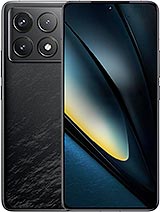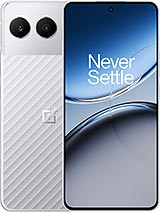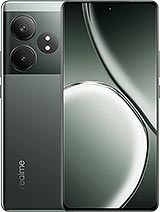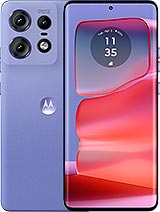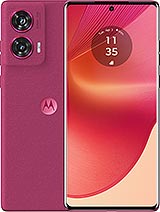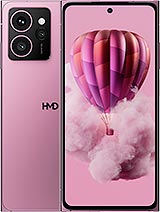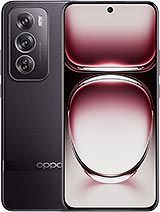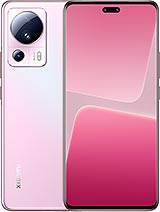HMD Skyline review
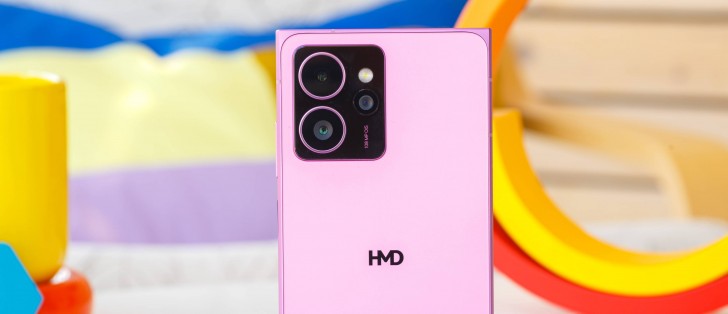
Clean Android 14 experience
The HMD Skyline runs on a pure Android 14 OS with just a couple of additional features. The company promises two major Android updates and three years of security patches, which doesn't strike us as very long - especially with the whole easy DYI repairability angle, which suggest the phone courld stay in operation longer than usual.

The overall user experience is much like Pixel's, but without the inherent Pixel features, of course. Instead, Skyline offers other goodies.
The Custom Button, for instance, is a centerpiece feature. You can assign different actions or launch an app with a single press-and-hold or a double press.
You can also assign a function to double pressing the Power button.






Android 14 and Custom Button options
Additionally, the device has a Detox Mode, although this particular feature is expected with a future software update. It limits notifications from social media apps and other distractions to help you unwind or focus on other things.
Benchmark performance
The HMD Skyline relies on a Snapdragon 7s Gen 2 by Qualcomm, a chipset built on the 4nm process technology and one that is a bit faster version of the Snapdragon 6 Gen 1. This platform is not as powerful as the 7+ Gen 2 or even the original 7 Gen 1.

The Snapdragon 7s Gen 2 features an octa-core processor with 4x Cortex-A78 @2.4GHz and 4x Cortex-A55 @1.95GHz. There is no Prime here, and the core design is older (2020).
The SD7s Gen 2 uses Adreno 710 GPU, which premiered on the Snapdragon 6 Gen 1 SoC. It is listed to support FHD+ resolution at 144 Hz.
The Skyline comes in two memory options - 8GB/128GB and 12GB/256GB. We've got the latter and since HMD doesn't disclose the type of storage they used for the Skyline, the results from our benchmarks show typical UFS 2.0/2.1 read speeds, so we'd assume it's UFS 2.1 on board for both configurations.
And now, it's time to run some benchmarks.
As you can see, the HMD Skyline falls short of most of its competitors. There's nothing inherently wrong with the Snapdragon 7s Gen 2 SoC inside the Skyline, but it's usually paired with cheaper phones, such as the Oppo Reno12 Pro and the Motorola Edge 50 Fusion.
Sustained performance
As per usual, we tested the HMD Skyline's ability to utilize the SoC's performance during prolonged workloads. Surely, the Snapdragon 7s Gen 2 isn't the most demanding chip on the market, but the Skyline shows more than decent sustained performance.
In the CPU stress test, the device gradually went down to 71% of the CPU's theoretical performance but without any sudden spikes in core frequency, ensuring smooth gameplay even during demanding gaming sessions.
The GPU's stress test returned high 92% stability score - pretty solid.
Reader comments
- Gavivi
- 09 Apr 2025
- CG1
The skyline seems to be a perfect fit for me even with few imperfections. I still have my eyes on it .
- Flox
- 17 Mar 2025
- pnY
Great review. I am testing the HMD Skyline for 5 days now, and this seems to be very accurate of what I experience. I have a feeling that the Nord 4 would have been a better choice for me.
- Blue Chip
- 24 Feb 2025
- fnG
With such a poor rating by GSM Arena people will still buy this overpriced phone
